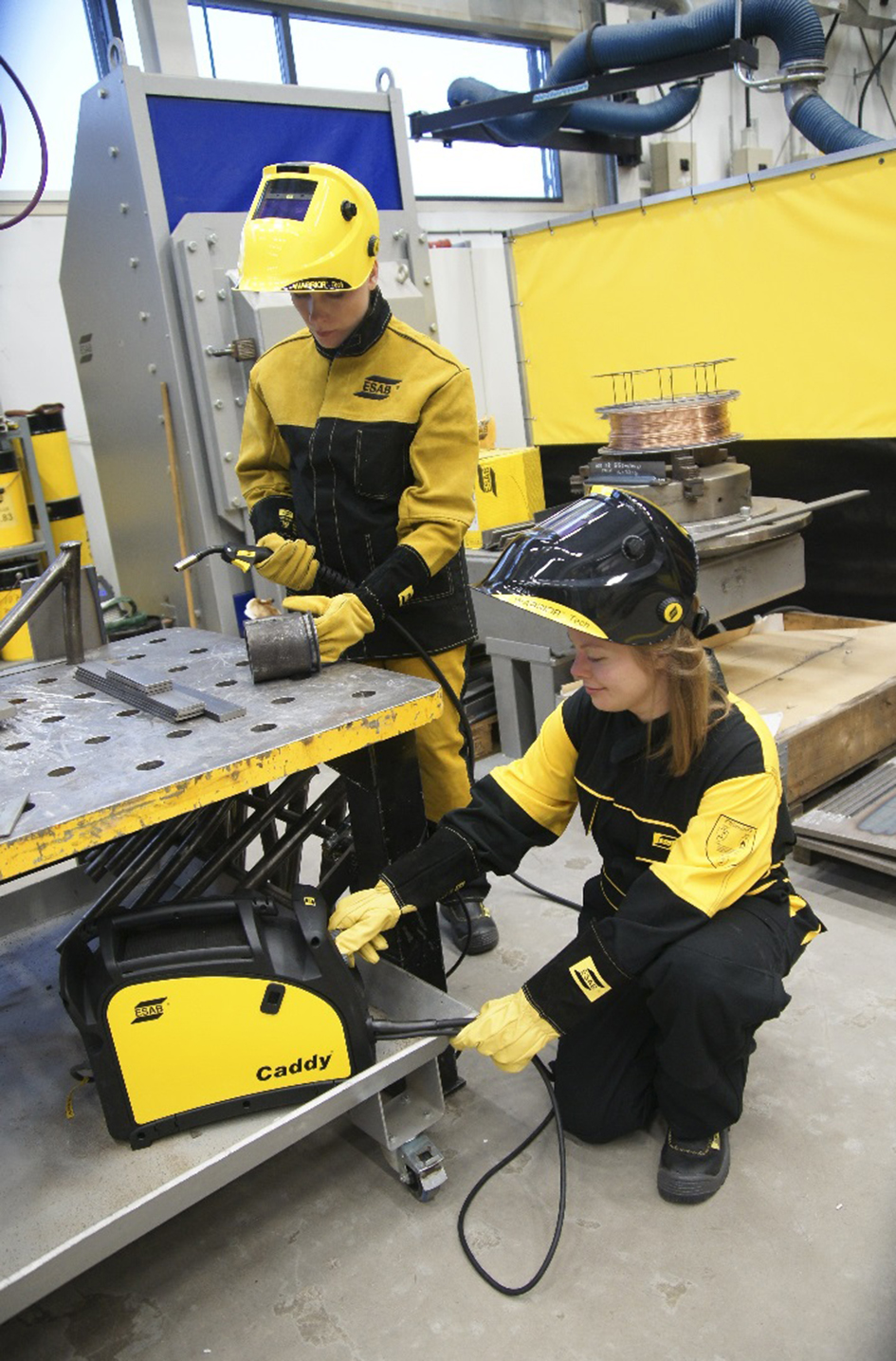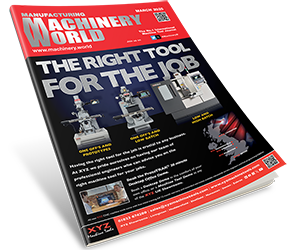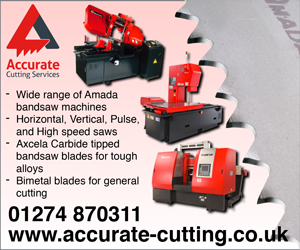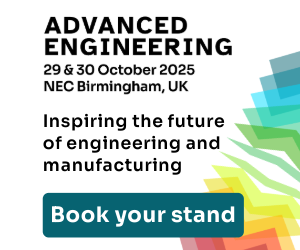In most production industries, there are hazards that just cannot be designed out. Dust, noise and vehicle movements are inevitable.
So, in these highly litigious days when every procedure seems to require a risk assessment typed up and filed, personal protection equipment (PPE) is a vital element when it comes to maintaining the health of the workforce and ensuring against the possibility of substantial damage to the bottom line.
Businesses have a moral and legal requirement to look after the health and safety of their workforce. To look after the workers can have important financial advantages, accidents often cost more than prevention and litigation is never cheap.
It all starts with the risk assessment; a document designed to identify hazards and risks. Of course, some of these potential pitfalls can be designed out of the process but, in some cases, it will come down to control of the risk rather than elimination.
It may only be possible to reduce the likelihood that an accident will occur by putting in place structures or safety features that will lower the chance that something will go wrong, or at least make the consequences less dire.
Obvious safety features like guards are not always practical. If that’s the case, then PPE is an absolutely critical element when it comes to risk assessment and hazard control.
The exact form of protection will vary from industry to industry. Most if not all have standards published by UK and international bodies. It may take time to check but the information is there for the health and safety manager to find. These sources can play an important part in the risk assessment, which will be rendered more authoritative by reference to standards and the right type or grade of PPE with regard to the site specific circumstances, than real life hazards faced.
Britain and many other western countries require the provision of PPE for workers in some circumstances but the quid pro quo and the benefit from the company’s point of view is that workers are also legally required to use PPE if it has been supplied.
Some whole industries have a culture where it is clear that walking into a manufacturing plant or onto a site without appropriate PPE is a matter which will have disciplinary implications. But long serving staff can prove to be a problem. If Fred has been doing the same work for decades without the benefit of PPE he may decide that he knows best. An accident will never happen to him and his future health is assured.
One way to deal with this issue is to engage the workforce itself. Peer pressure can prove a lot more powerful, when it comes to chivvying workers to use PPE properly, than management diktat.
Convince a cadre of health and safety aware workers that PPE will prevent unnecessary risk and a company can shift the factory floor or site perception so that the mindset of the whole workforce shifts. Self policing really works better than signs, strict rules and enforcement, if it is possible to engage belief and enthusiasm. Workers may easily be able to spot a manager in time to fit the appropriate PPE for a few seconds, but they will find it less easy to get round the spirit of the rules if other workers are watching out for non-compliance.
So called World Class Companies and those aspiring to achieve this status, will have notice boards with information about the health and safety record of the site or plant. Key indicators, like accidents, will be shown in easy to understand formats like diagrams or graphs. Striving to achieve improvements in health and safety is a goal everyone can unite around.
Of course companies have to supply the right type of PPE. Sometimes just complying with the regulations is not enough! There’s a wide range of PPE out there and much of it complies with the relevant standards even though pricing and quality may vary.
But you usually get what you pay for. Cheap PPE, for example ear defenders that are uncomfortable, is useless if workers decide they are not going to bother to wear it. Of course, the same goes for eye protection, gloves, welding helmets and the complete array of protection equipment.
So if there’s a problem justifying specifying premium price PPE, remember that there’s no point in buying something unless you can actually use it and what goes for you is also true for your company.
Welding helmets are probably the most important safety equipment when it comes to welding. These days most welding helmets have visors that darken automatically. Different technologies or techniques are used to achieve this effect and not everyone realises that temperature can be a highly critical element.
The way these filters are activated means that the ambient temperature is critical when determining how quickly they work. Increase the temperature and the speed of darkening will increase. So if a brochure or web site simply quotes a switching time that information is almost useless. A switching time at what temperature?
Some manufacturers may quote a switching time at 55°C, but fortunately most real world environments rarely encounter such extremes.
Cheap and cheerful helmets like this probably meet the requirements of EN 379. But anyone who spends all day tack or spot welding will notice the extra light that spills through the visor as a result of the longer than required switching time.
Tired workers with eye strain are much more likely to make errors and these can cost a heck of a lot more than the additional cost of specifying the right type of helmet in the first place.
Heavy helmets and those that are unequally balanced can prove to be just as big a mistake. Neck strain, headaches, discomfort can be, well, a pain in the neck. Five minutes of lost production a day adds up to 19 hours in a year. Cost this out at a very moderate tenner an hour and the company is losing £190 for each worker forced to wear uncomfortable headgear.
Of course, it’s not just the sheer output that suffers. Quality can also be adversely impacted if workers have to put up with uncomfortable conditions. So skimping on PPE can easily be a false economy which will soon have a negative impact on the bottom line.
Finally, it’s not enough to specify the right gear, you also have to inspect it regularly and maintain it properly. There’s always the risk that damaged PPE will function badly and undermine your whole health and safety programme.
In the last 50 years or so there’s been a dramatic improvement in health and safety in the workplace, as even a quick glance at the latest statistics will reveal.
ESAB has a wealth of experience in PPE and a broad range of products suitable for use by workers involved in welding, cutting and other operations. To request more information about PPE, contact ESAB by telephoning 0800 389 3152, emailing info@esab.co.uk or visit www.esab.co.uk







